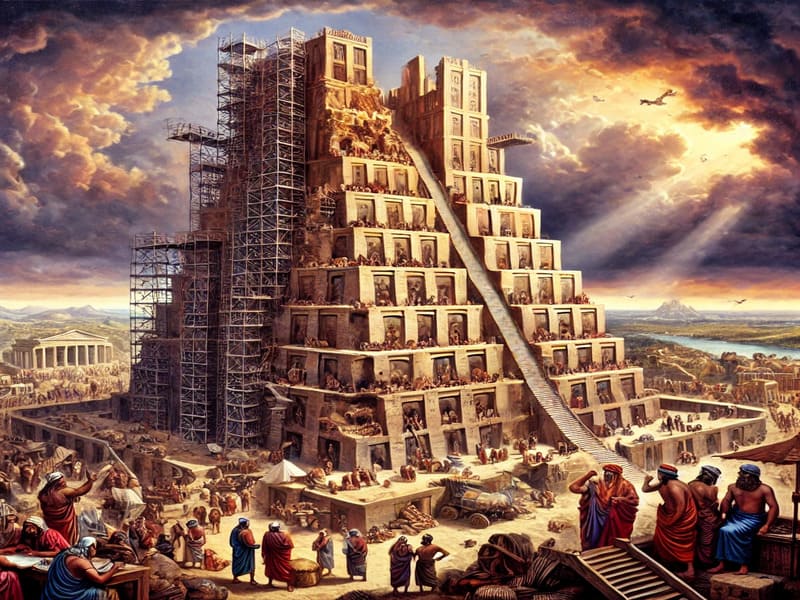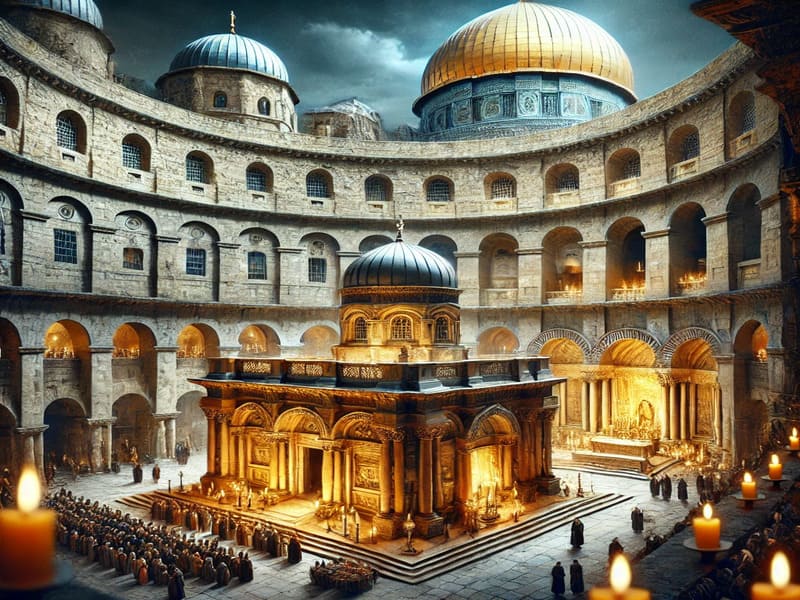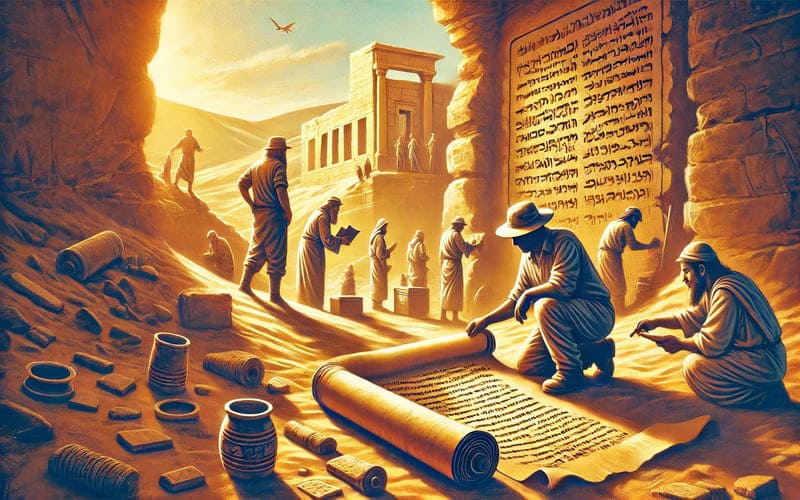Thorn Ville Church – The story of the Tower of Babel is one of the most intriguing narratives in the Bible, found in the Book of Genesis (Genesis 11:1-9). It describes an ambitious attempt by humanity to build a tower reaching the heavens, an endeavor that was ultimately thwarted by divine intervention. Leading to the confusion of languages and the dispersion of people across the earth.
While the biblical account is rich in theological and cultural significance, it also raises fascinating questions about its historical and archaeological context. Could the Tower of Babel have been a real structure? What does archaeology reveal about the ancient world that might have inspired this story? By examining historical records, ancient Mesopotamian architecture, and linguistic studies, we can explore the possible realities behind this legendary account.
The Tower of Babel in Biblical Context
The biblical narrative describes a time when humanity spoke a single language and lived together in unity. The people decided to build a massive tower in the land of Shinar (often associated with ancient Mesopotamia). Using bricks and bitumen to construct a structure that would reach the heavens. However, according to the Bible, God saw their arrogance and ambition as a threat. Confusing their language and scattering them across the earth. This story is often interpreted as an explanation for the origin of linguistic diversity and a reflection on human pride and divine sovereignty.
“Read More: Natural Supplements for Boosting Your Energy and Health”
The Archaeological Search for the Tower of Babel
Although there is no definitive archaeological evidence proving the existence of a singular Tower of Babel, researchers have identified several structures in Mesopotamia that could have inspired the biblical account. The most notable candidates are the ziggurats, massive stepped temples built by the Sumerians, Babylonians, and Assyrians to honor their gods.
- Etemenanki: The Ziggurat of Babylon
One of the strongest candidates for the Tower of Babel is Etemenanki, a great ziggurat dedicated to the Babylonian god Marduk. This structure, located in the ancient city of Babylon, was described in historical records as a massive temple reaching toward the heavens. According to scholars, it stood around 91 meters (300 feet) tall and was constructed using sun-dried bricks. Similar to the materials described in Genesis. - Ziggurats Across Mesopotamia
Numerous other ziggurats have been discovered throughout Mesopotamia, such as the Great Ziggurat of Ur, built by the Sumerians around 2100 BCE. These structures served as temples and were believed to connect heaven and earth. Given their towering presence and religious significance, it is possible that the biblical authors drew inspiration from these monuments when writing about the Tower of Babel. - Ancient Accounts and Historical References
The Greek historian Herodotus (5th century BCE) wrote about the grandeur of Babylon, mentioning its enormous temples and towers. Additionally, cuneiform texts from the Neo-Babylonian period provide details about efforts by kings such as Nebuchadnezzar II to rebuild Etemenanki, further supporting its historical importance.
Linguistic and Cultural Interpretations
The Tower of Babel story is not just about architecture; it also serves as a powerful allegory for the origins of linguistic diversity. Linguistic studies suggest that the ancient Near East was home to multiple language families, including Akkadian, Sumerian, and later Aramaic. The biblical authors, observing the diversity of languages around them, may have sought to explain their origins through this narrative.
Additionally, similar myths of language division exist in other cultures. For example:
- In Sumerian mythology, there are references to a time when all people spoke one language before divine intervention changed this.
- The Mayan Popol Vuh contains a story where the gods confuse human languages to prevent them from becoming too powerful.
These parallels suggest that the story of Babel might reflect a broader ancient understanding of human diversity and divine influence.
The Lasting Legacy of the Babel Narrative
The story of the Tower of Babel continues to captivate historians, linguists, and theologians alike. It serves as a reflection on human ambition, cultural identity, and divine authority. Whether based on real historical structures or a theological allegory. The tale remains one of the most enduring and thought-provoking narratives in religious history.
Through ongoing archaeological discoveries and scholarly interpretations. Our understanding of the Tower of Babel and its significance in ancient civilizations continues to evolve. Whether viewed as historical fact or symbolic legend. The narrative provides profound insights into the nature of human unity, division, and the quest for knowledge.






